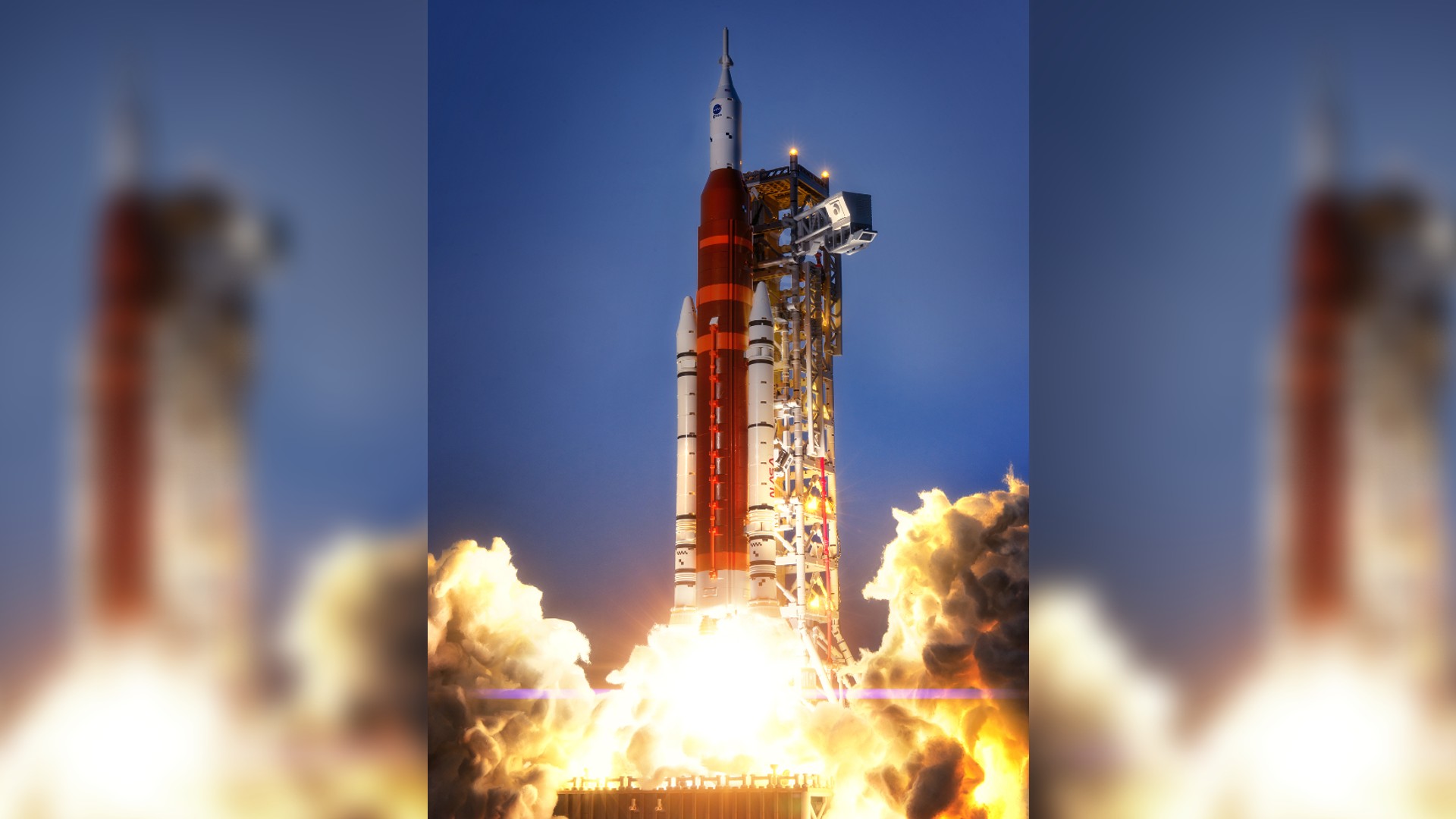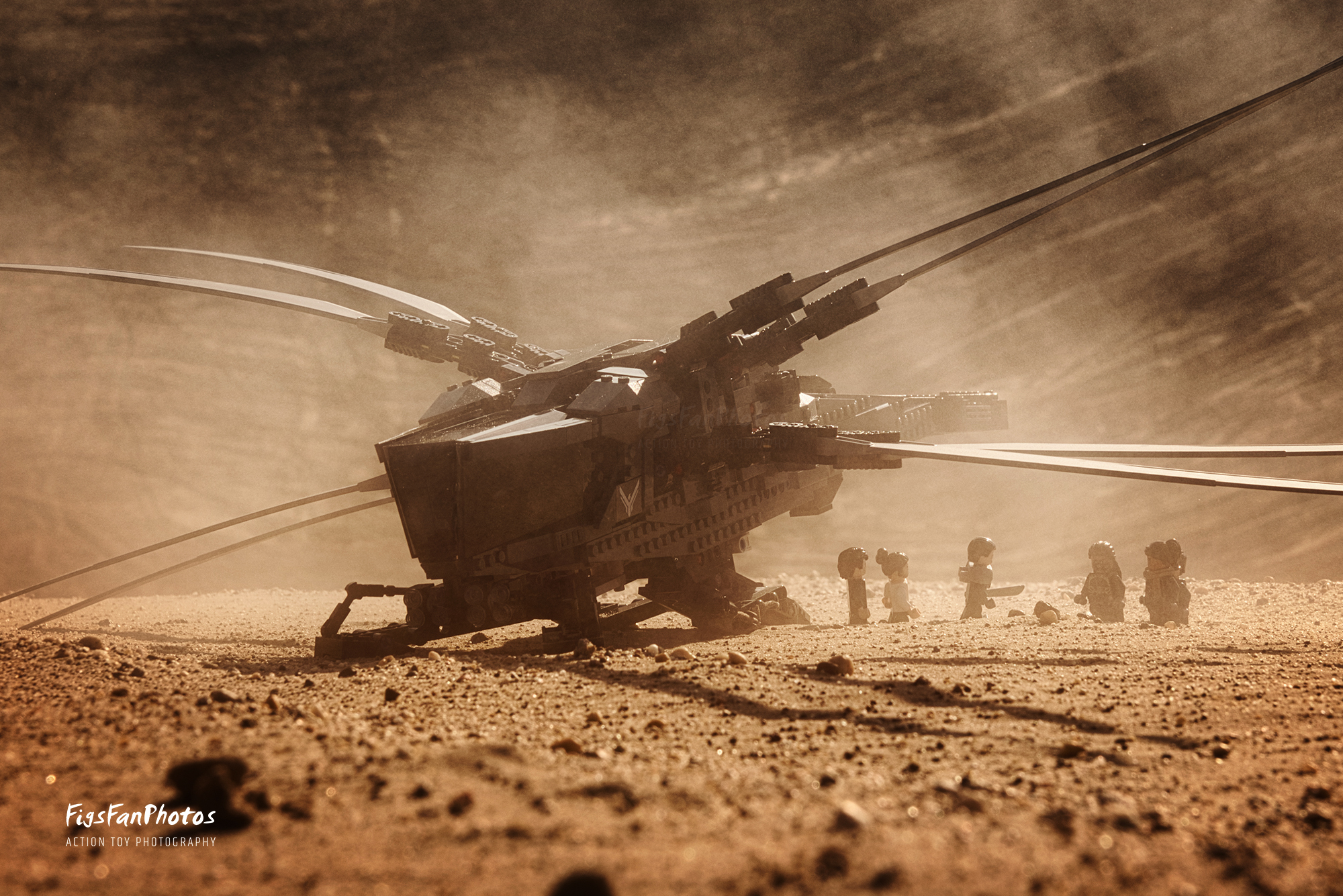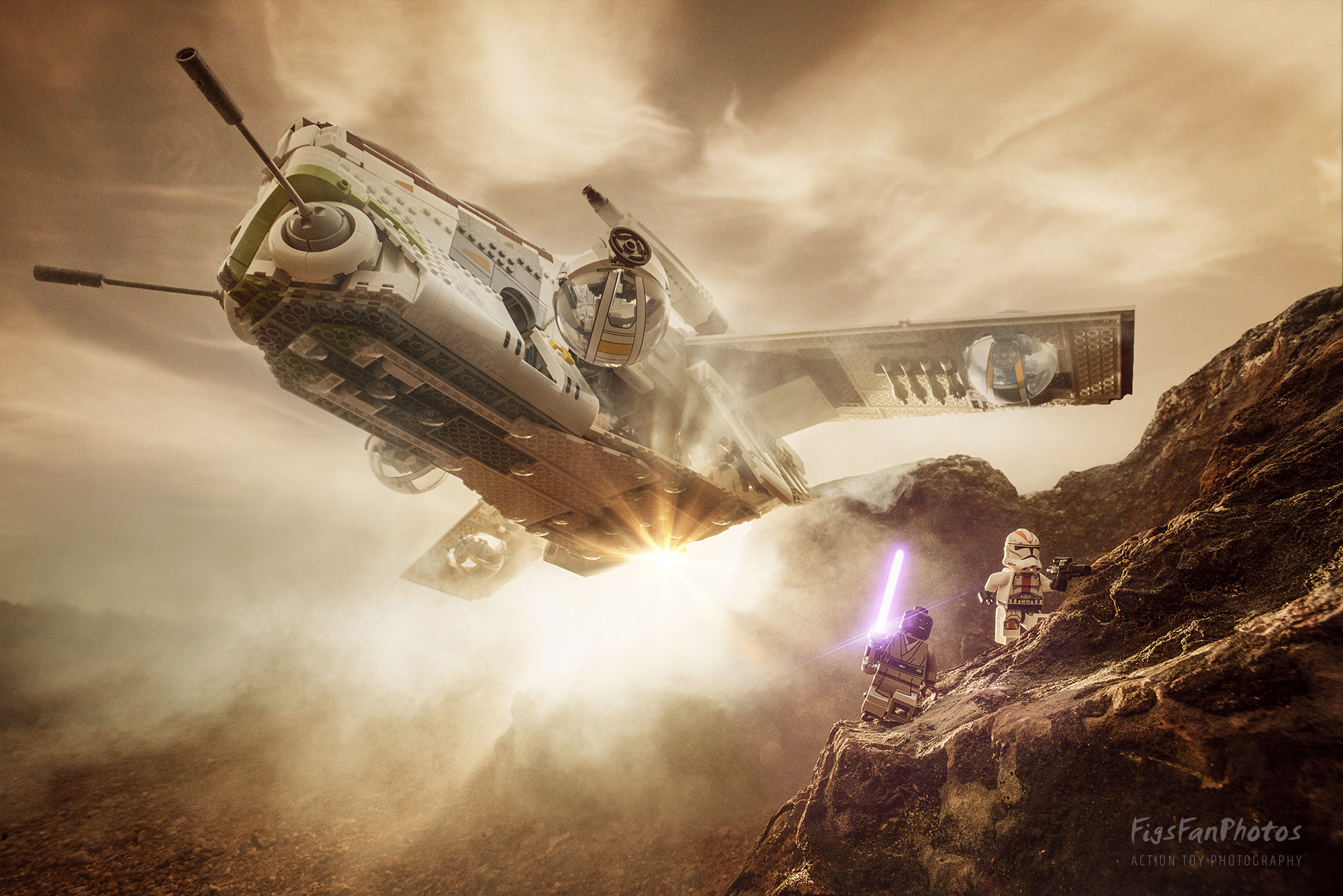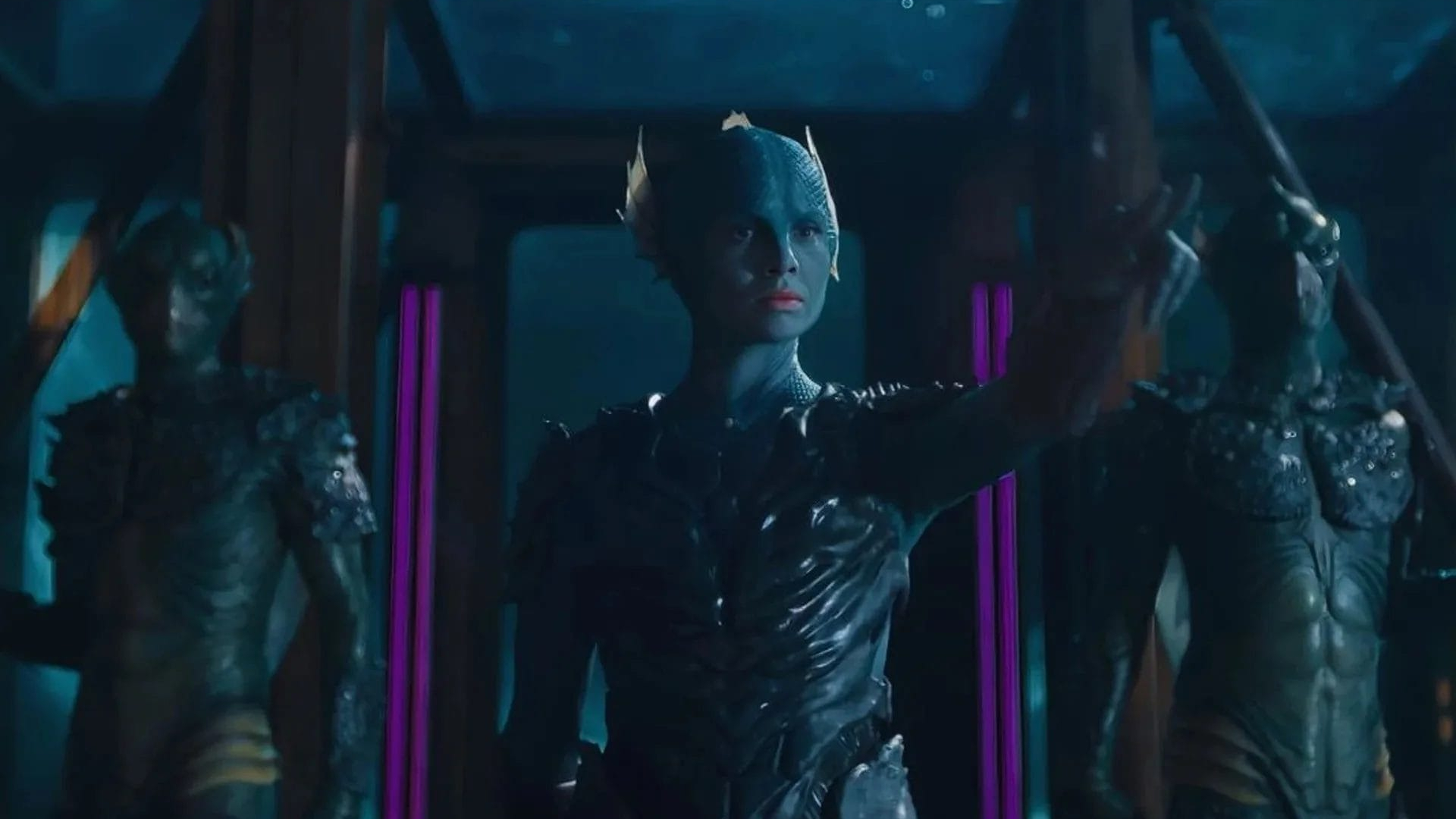Photographer recreates NASA's epic Artemis 1 launch with Lego (video)
We talk to Benedek Lampert, a talented Lego photographer who has created some very realistic images of the NASA Artemis Space Launch System, amongst others.
To glance at the images above, you'd be hard pushed to not think you were looking at a real rocket launch. But they're actually works of art, created by Benedek Lampert using Lego's NASA Artemis Space Launch System set. By using some clever photography techniques — and the use of some rather nifty lighting — he's been able to create an incredible likeness without ever stepping foot near the actual NASA Artemis 1 launch.
The similarity is striking. That's in part, of course, to Lego creating an incredible scale model — something it has become known for in recent years thanks to the company's long-standing relationship with NASA.
But credit where it is due, capturing such an image is not easy. Lampert has been working on his toy photography craft for many years, helped along by attending photography school and a lifelong love of Lego.
Lego NASA Artemis Space Launch System: $259.99 from Lego
This faithful 3,601-piece recreation of NASA's Space Launch System moon rocket comes with an Orion spacecraft and a mobile launch tower. The kit is a must-have for any Lego space fan or spaceflight enthusiast.
He's modest, though. "The result was terrible," he says, when we asked him about his first attempts of Lego photography. He was just 12 years old when he first got into photography, and combining two of his hobbies "just made sense". But, unhappy with what he'd created, he put his ideas to the side for a number of years. "I didn't have enough experience and knowledge, and I didn't have suitable equipment," he says.
It was nine years later, in 2016, when Lampert finally gave it another shot. This time, he was studying photography and had a collection of Lego Star Wars sets to play around with. The results speak for themselves, but he was still unsure. "I was nervous about showing these images to my photography friends," he tells us, worried they'd think his work was childish. But he needn't have worried: his friends pushed him to create more, and it's from there that Lampert's passion for Lego photography really began to flourish.
Related: Lego NASA Artemis Space Launch System review
"I obviously see many things I would do differently nowadays, but here I was just experimenting with practical effects," Lampert says when we asked him about his first series of images. "However, these images will always be special to me."
Breaking space news, the latest updates on rocket launches, skywatching events and more!
Eight years on, and Lampert is still a keen Lego photographer with much more experience under his belt. It's in fact part of his job: He's worked with Lego on multiple occasions, both with Lego's local division in Hungary, his home country, and the global brand.
A short scroll through Lego Hungary's Instagram account brought up some of Lampert's recent projects, like this shot of Hogwarts and this one of Chewbacca. There are also these incredible Star Wars images as part of Lego's global #ThisIsHowWePlay campaign. "Lego is my absolute passion, and I can't be grateful enough to be able to say it's also part of my job," he says.

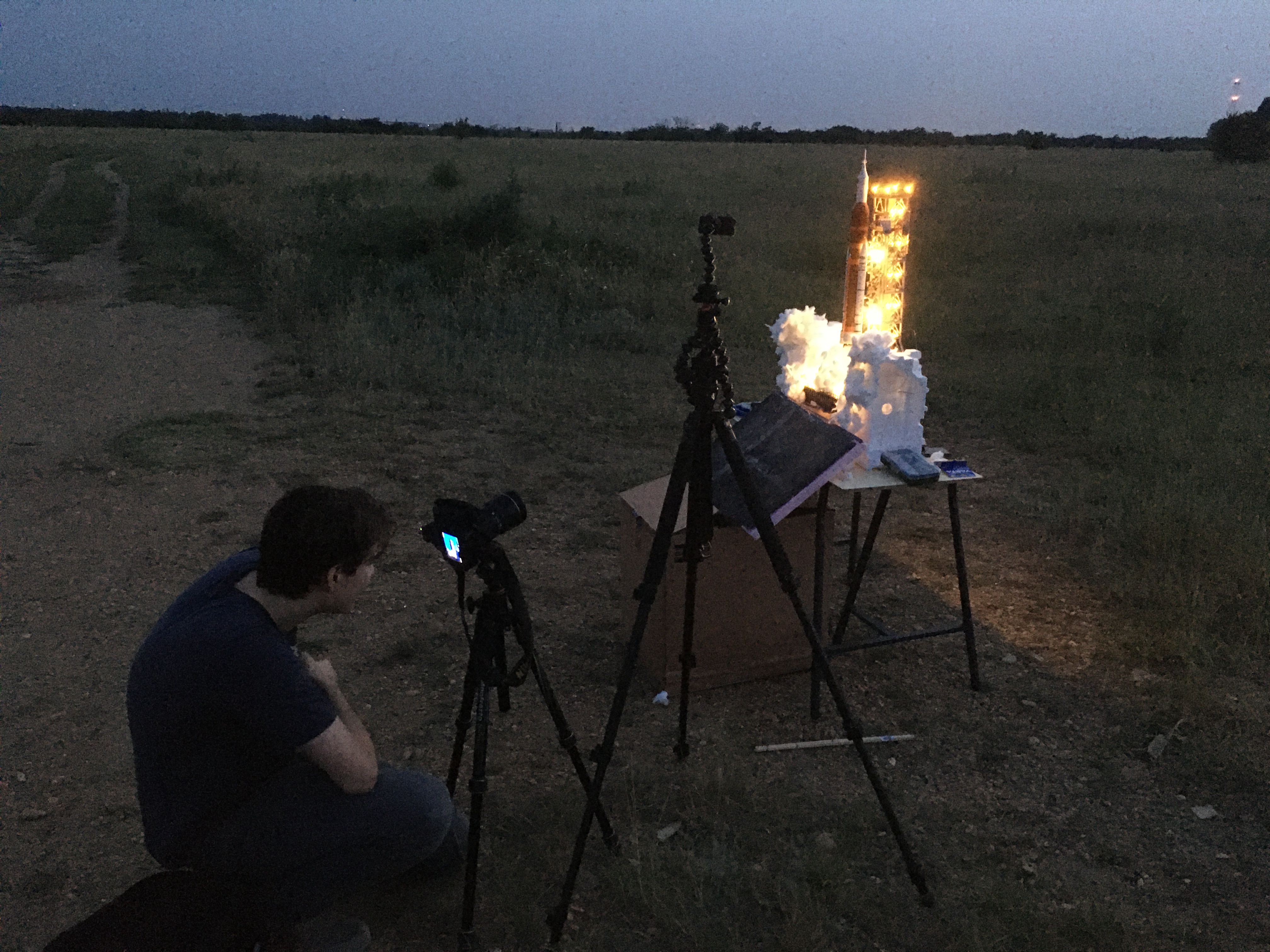
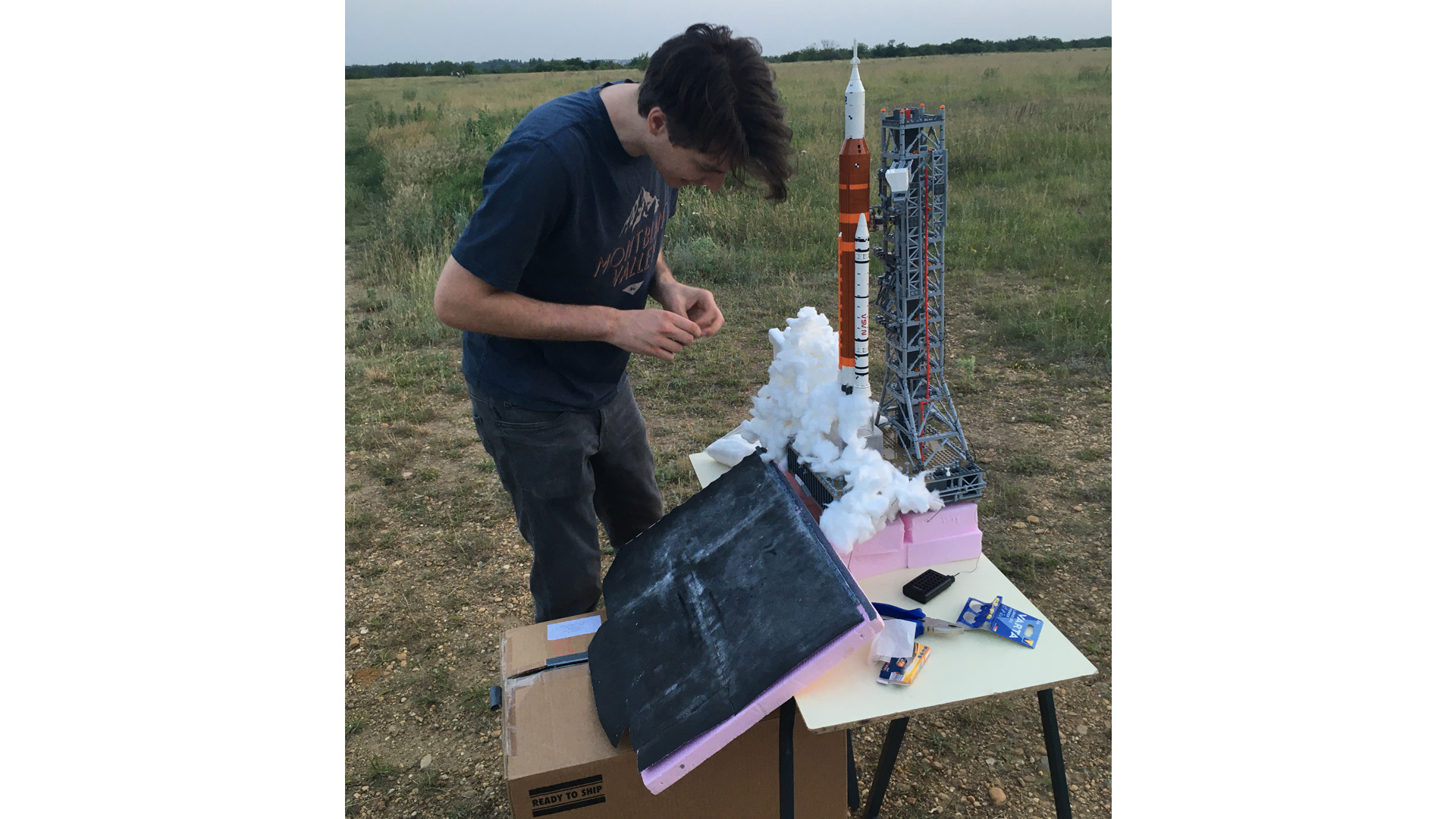
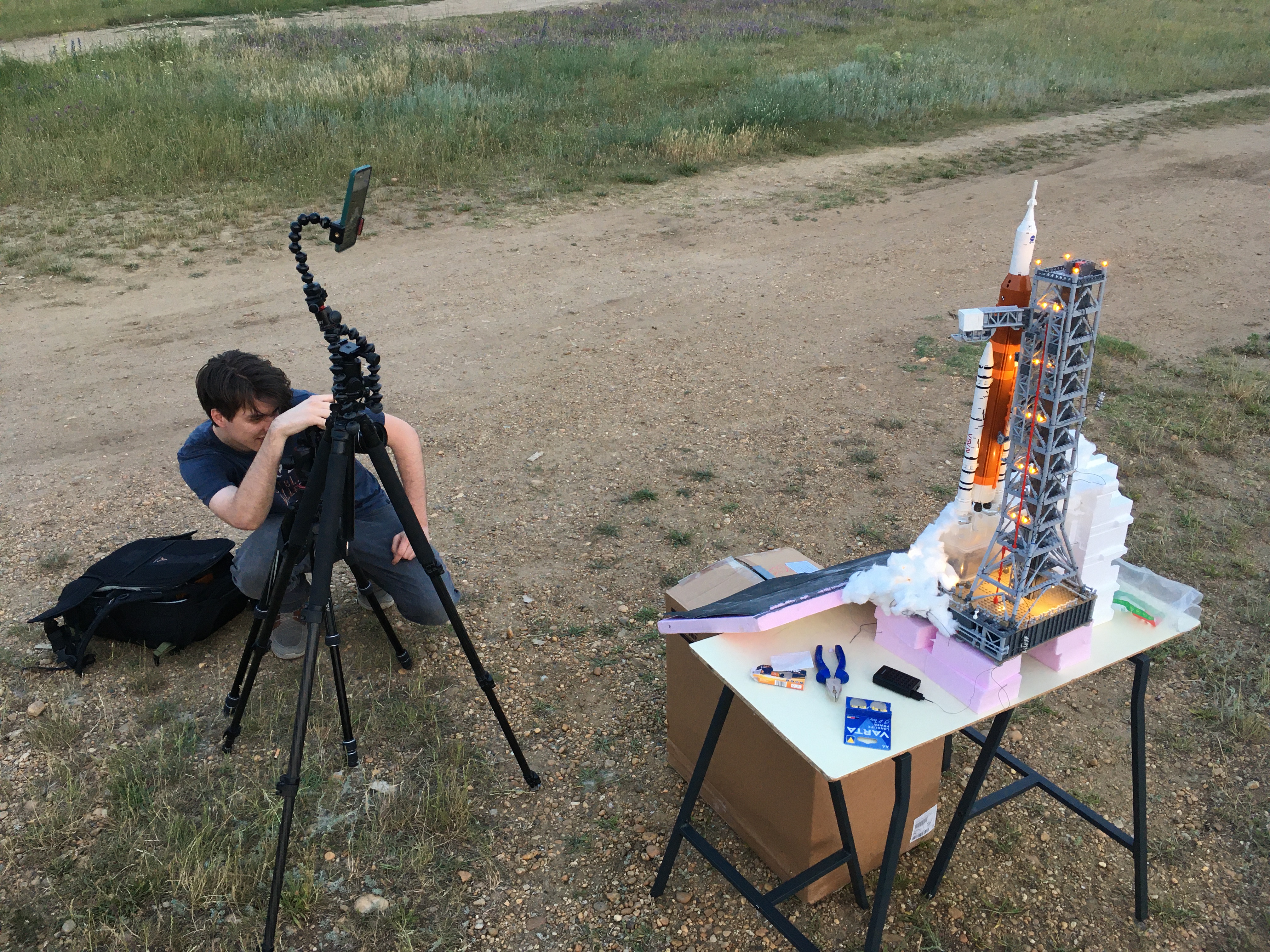
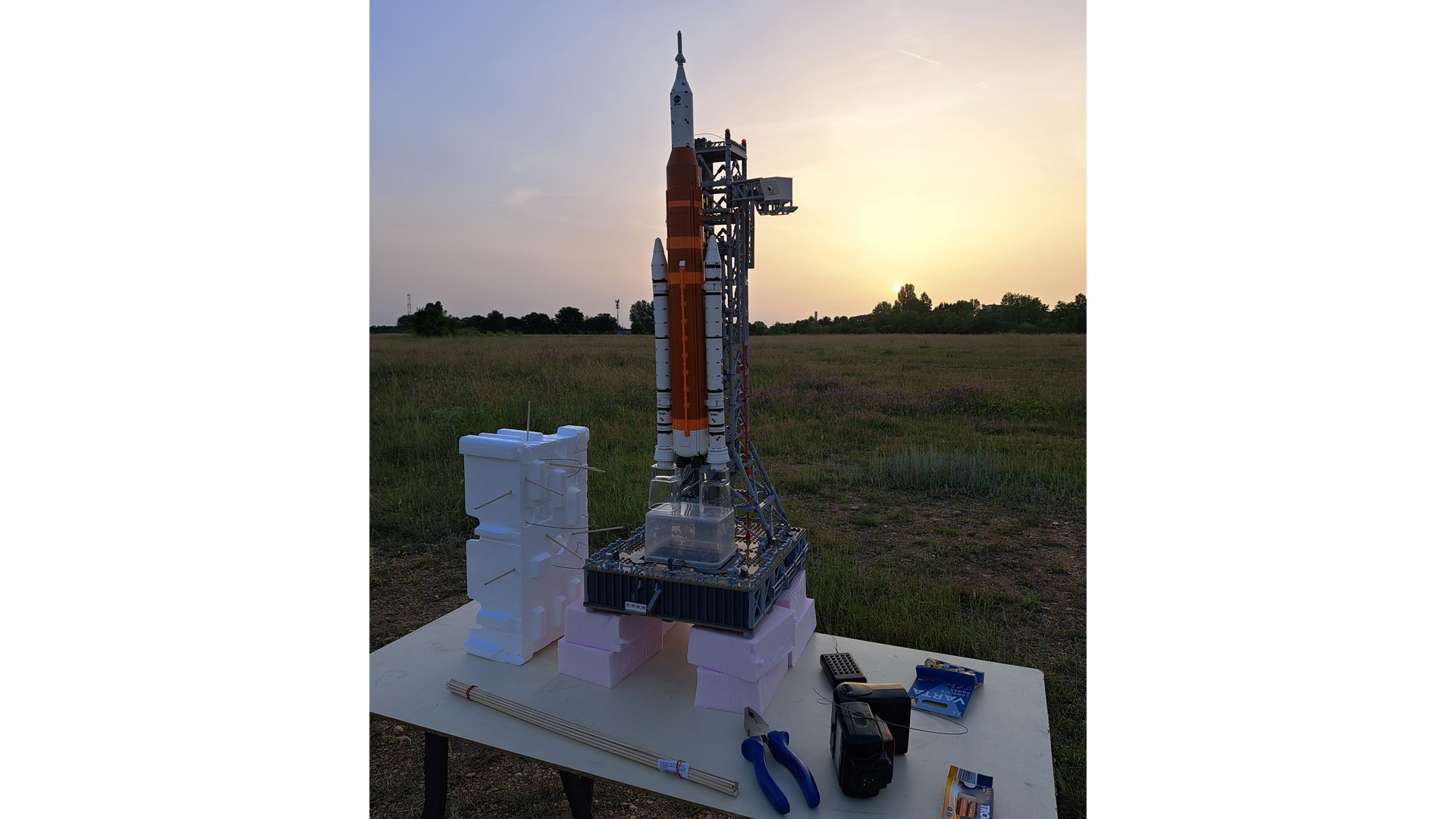
"My father was a photographer, so I learned countless things from him," Lampert says when we ask him about his inspirations. "He always pushed me to improve and care about every small detail." His father's approval was very important to him: "I always showed my first Lego photos to him, and if he said it was good enough, then I published."
He had outside influences too, of course. Finnish toy photographer Vesa Lehtimäki, who's also created space-themed shots and is known for creative captures of Lego, has been a big inspiration to Lampert. "I just saw his images, and I knew I wanted to learn this," he says. "From my point of view, he is an icon. There wasn't any 'how to' at that time, so I developed my own techniques."


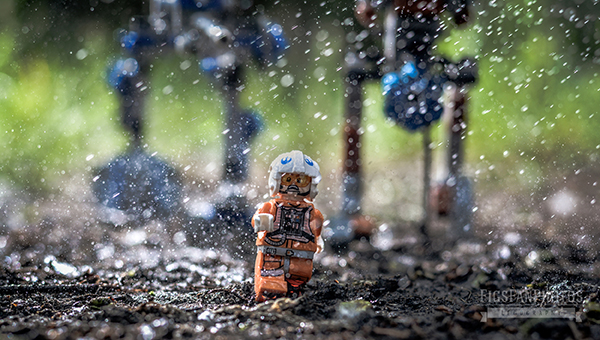
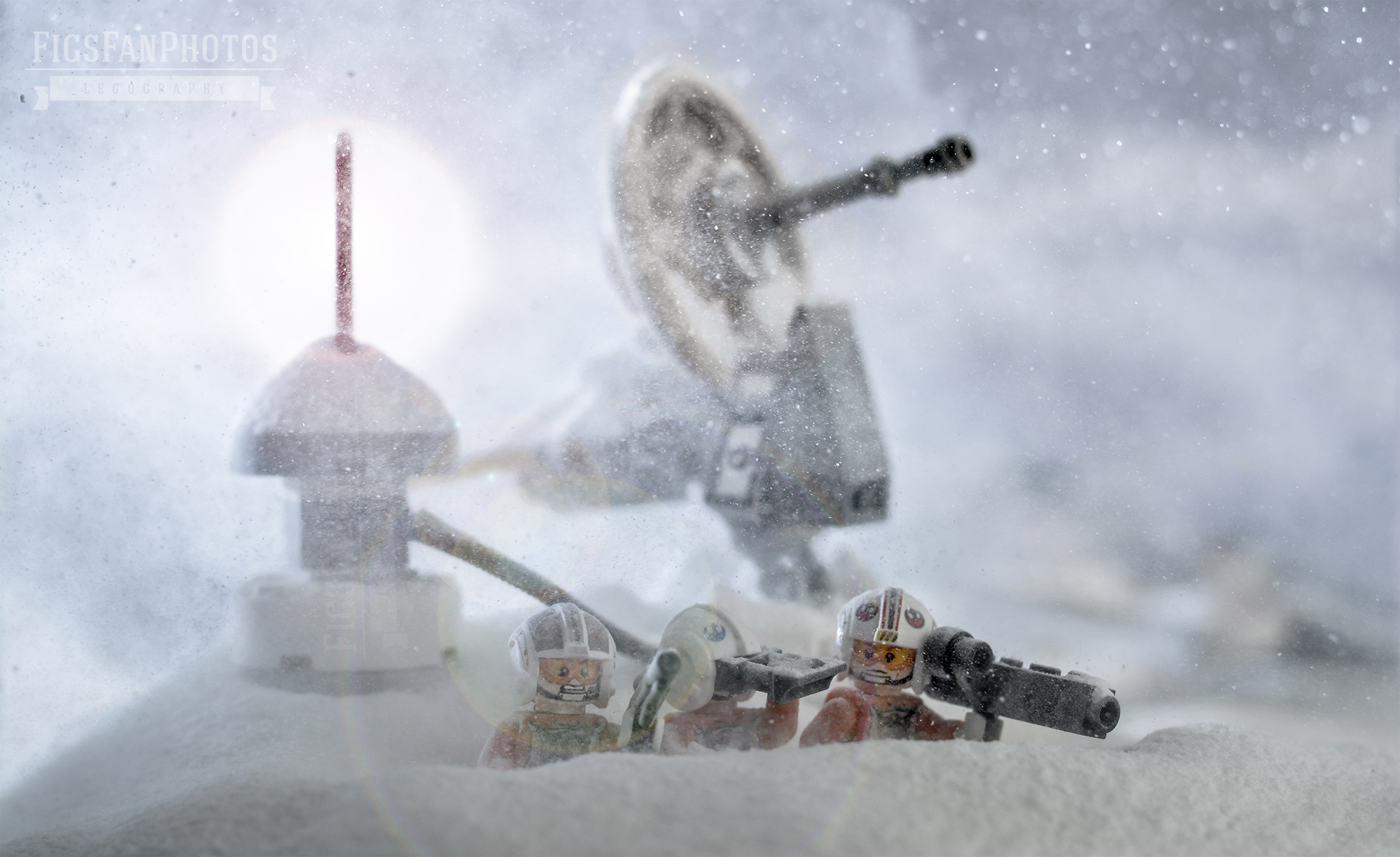

Lampert has created a broad range of Lego images over the years: He's a fantasy and sci-fi fan so, along with Star Wars sets, he frequently photographs Harry Potter and The Lord of the Rings sets. He's also used the Dune and Back to the Future sets in his work ("I really enjoyed recreating some scenes from these classic movies").
We ask about his favorite Lego theme to work with. "I can't pick one, but Star Wars and fantasy [in general] are my favorites," he says. "I love the epicness and the mood of the medieval era, where I also try to bring some magic into the images."
"With Star Wars, I can feel like a Jedi who is a part of this world. [Star Wars] has so many worlds in it, with different challenges and spectacles. I can do anything in this universe. So it can be a winter photo, or a desert, or a jungle. I can recreate lightsaber duels or starfighter dogfights."
His favorite individual projects, though? "It's never an easy question, but the Apollo 11 and the Artemis series are always close to my heart," he says. "And I'm not saying this just because we are on Space.com, but because of the story behind them."
Lampert describes himself as an "amateur space junkie" and a lover of space science — "especially the Moon landing. I had so many arguments with people who say the moon landing was a hoax," he laughs. It's no wonder, then, that he's gravitated towards creating such incredible photos of Lego space sets.
"I am really passionate about this," he says. "It's fascinating how people in the Apollo program could do this almost impossible challenge. And now we do it again, but at the next level! In their honor (the scientists, astronauts, engineers), I put all my knowledge and energy into my photography projects. I want to make something 'WOW' worthy [based on] these missions."
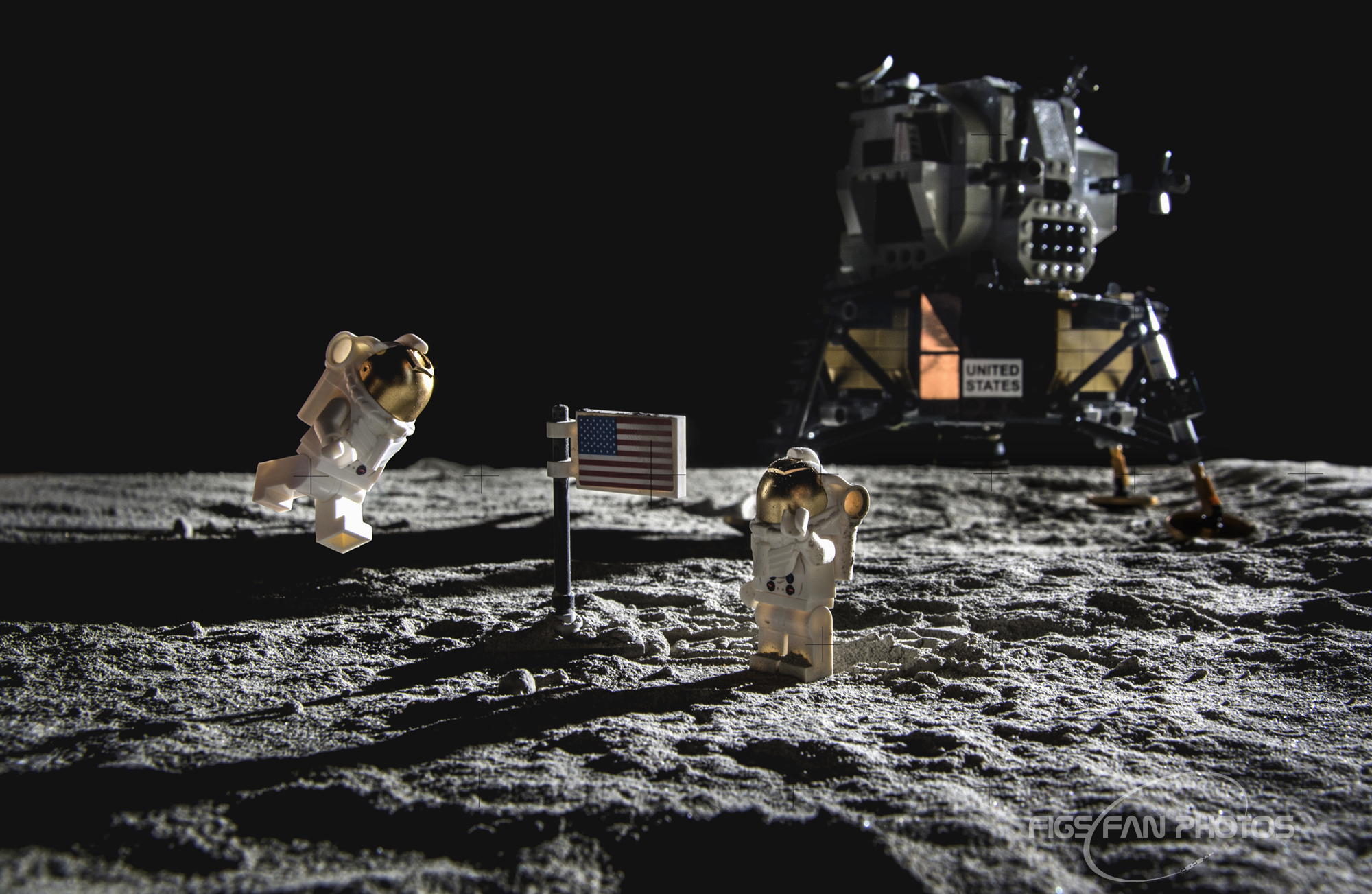
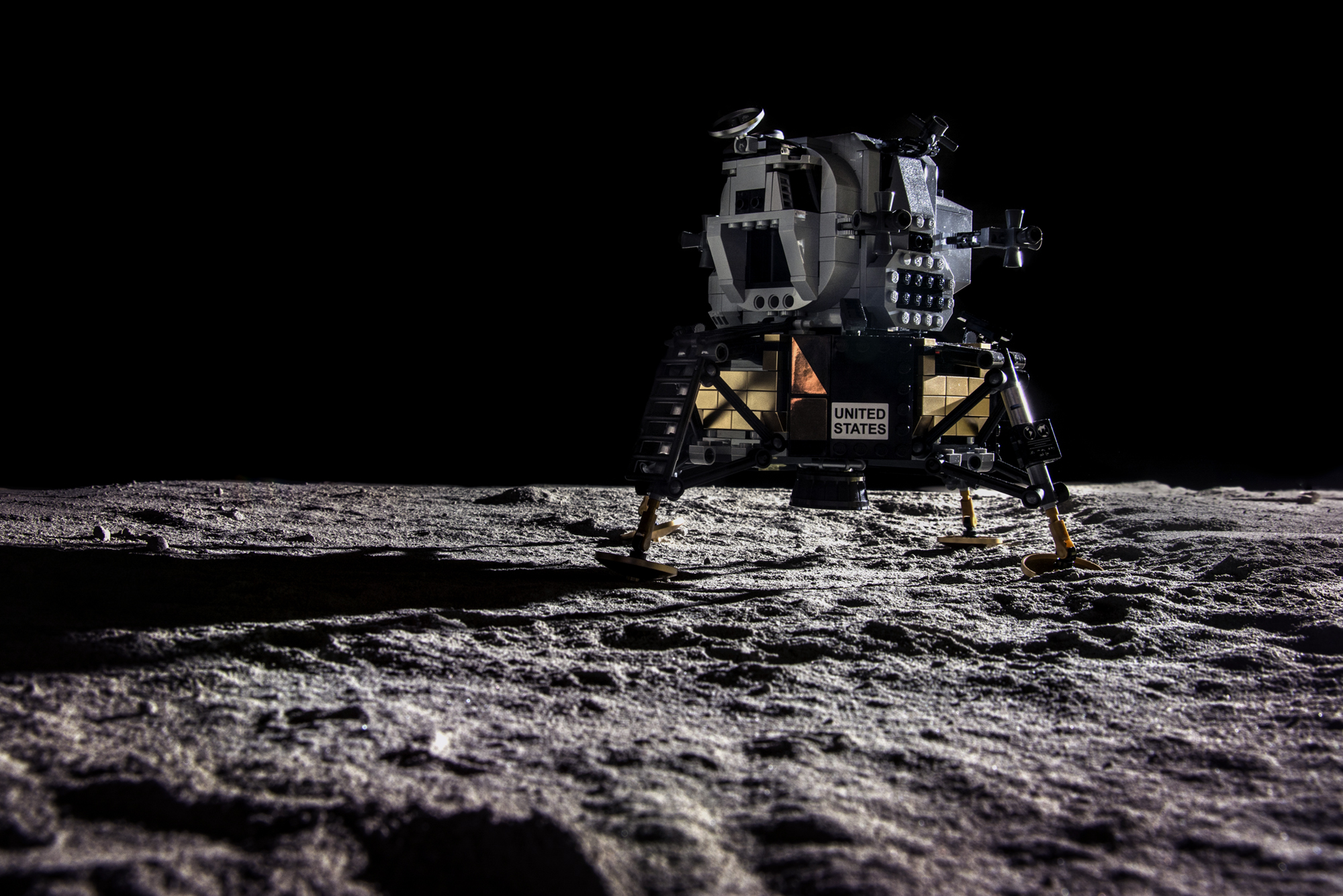
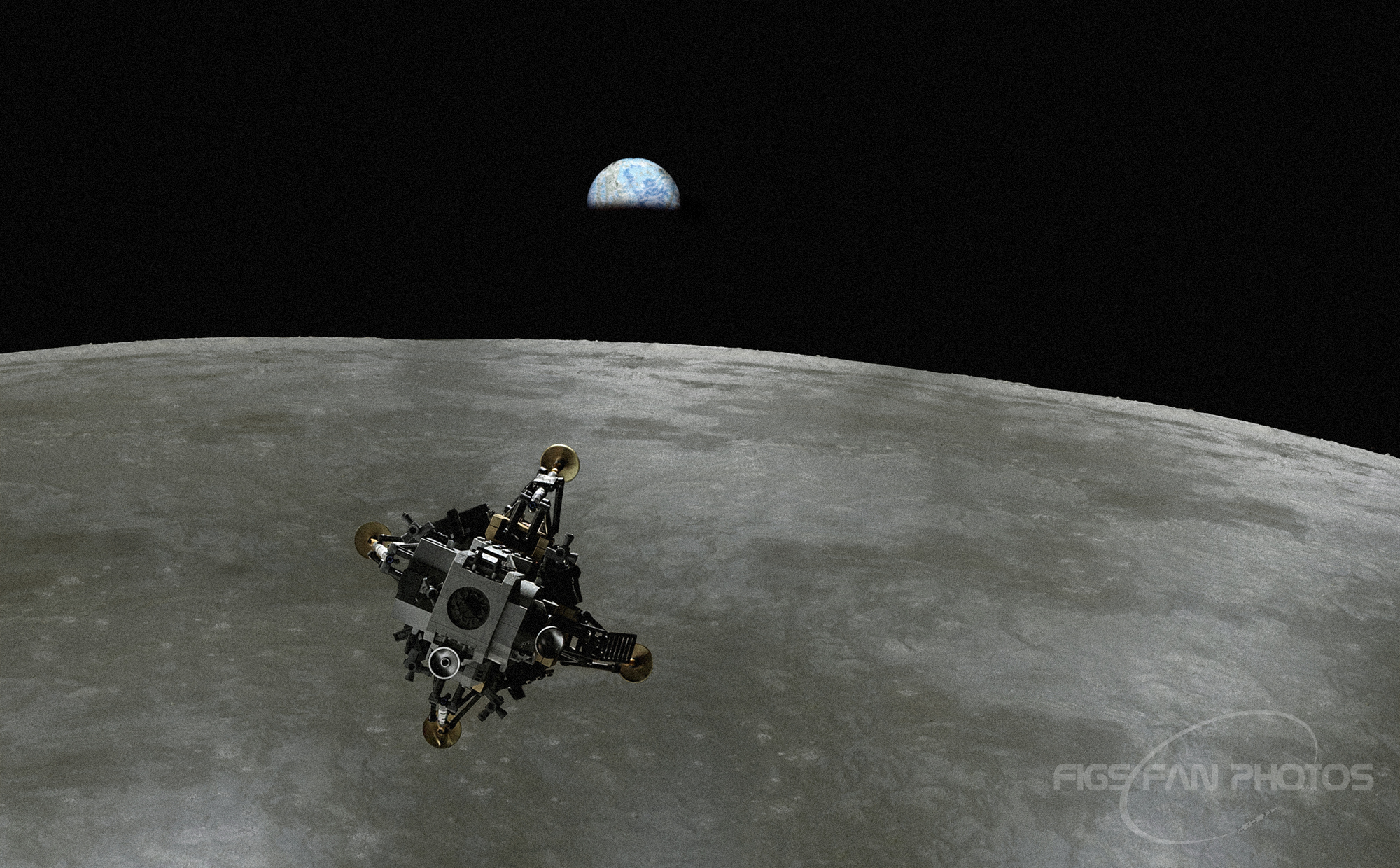


As fantastic as Lampert's finished projects are, though, we've thoroughly enjoyed getting a behind-the-scenes peek. He's shared with us some photos showing us how he creates his art, and also gave us some key details about what goes into creating a project.
"I always imagine the photo in my head first," he says. "I can only think about the technical solutions if I know exactly what I want to see. It's essential because I need a starting point where I can plan the scenery and the lights. After visualizing, I do as many experiments as needed. Sometimes I take 100-200 photos, and these are only tests."
An idea is only a small part of a project, of course. For Lampert's work, getting the lighting just right is key when it comes to nailing the look and feel of a finished piece. "With bad lighting, you can take a photo of scenery and get a moodless, flat image. But if you set up proper lighting and create atmosphere, you can get an amazing picture that almost comes to life." Any photographer who works with studio lighting — or simply anyone who's tried to capture a more artistic shot — will know how true that is.
Lampert felt it was important to note that everything he does is by hand, with traditional photography kit. He uses post-processing tools to enhance his photography, of course, but he emphasizes that his work doesn't use AI or "content manipulation" when setting up his scenes. He builds his own environments, or makes use of the world around him.
To create the lighting effects in his photos, Lampert uses an old Nikon SB-24 speedlight along with Litra light cubes. He also makes use of natural light sources where he can. He shoots with a Nikon D750, and his go-to lenses are a Nikkor 24-70mm f/2.8 and a Laowa 15mm f/4.
Having good kit is important, for sure, but it's not all that goes into creating epic Lego photography shots like Lampert. We asked him to share some of his best advice for amateurs who might be looking to get into toy photography. "This is not a beginner genre," he says. "If I should give one piece of advice, I would say to study the lights and how to light up a scene. The key is patience and learning. You have to know your camera well, and also post-processing in order to create a moody color grading. I usually observe my real-life environment and how lights or other objects behave. We can learn a lot if we analyze our real world. Only after this will we be able to bring it to a miniature scale."
You can see more of Benedek Lampert's work by following him on Instagram, Facebook or YouTube.

Kim is a Yorkshire-based freelance writer who focuses on Lego and video game-related content. She's the co-creator of GameSpew.com and ThatBrickSite.com, where you'll find most of her work. If she's not building with plastic bricks, playing a video game, or writing about doing either of those things, you should probably check she's still breathing. You can find her on Twitter at @ichangedmyname.


